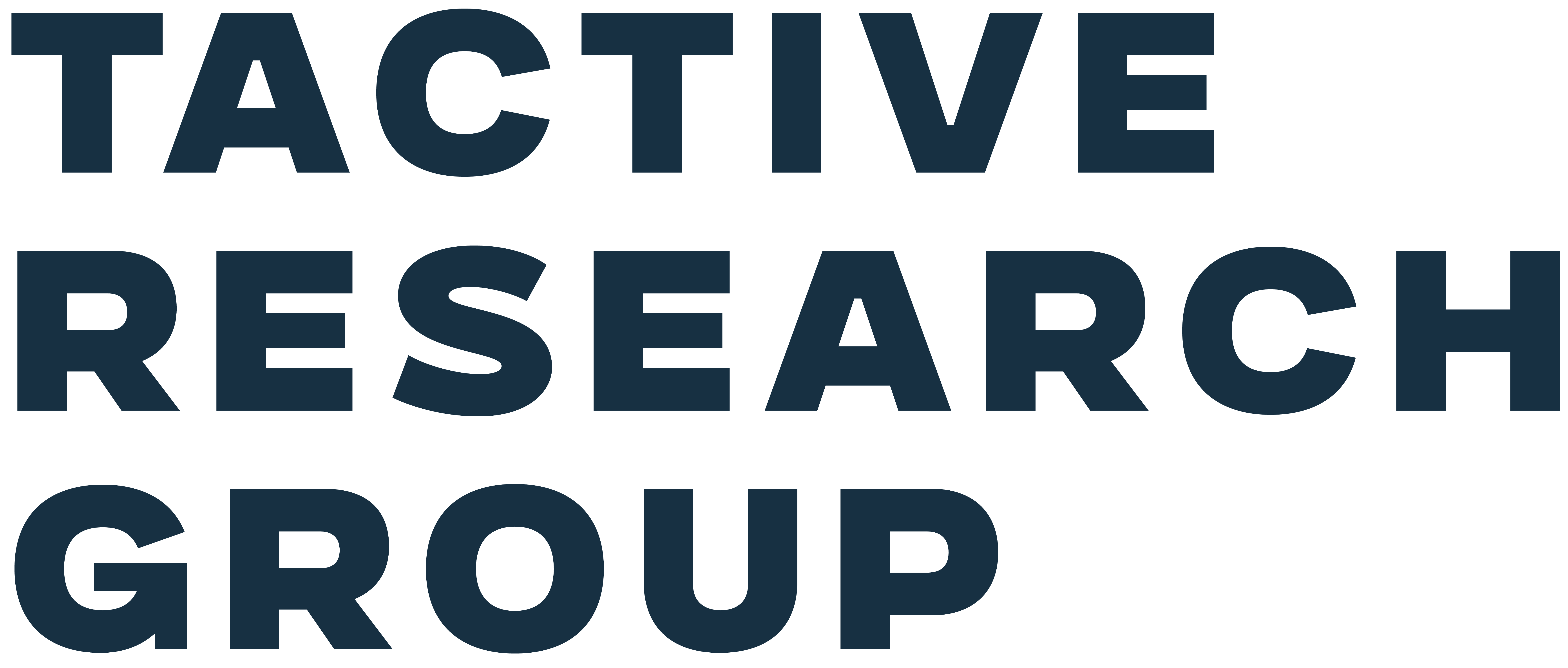In the fast-paced world of software development, vibe coding has emerged as a popular approach, leveraging AI tools to rapidly generate code through natural language prompts. This method allows developers to quickly prototype and build applications without delving deeply into traditional coding practices. However, while vibe coding offers speed and convenience, it introduces significant security risks that cannot be overlooked. Implementing robust security practices is essential to mitigate the associated risks. By adopting a proactive approach to security, CIOs and IT leaders can harness the benefits of vibe coding without compromising the integrity and safety of their applications.
When the Vibes Turn Sour
Vibe often introduces critical security vulnerabilities that can compromise application integrity. These vulnerabilities include:
- Limited testing. The rapid development cycle encouraged by vibe coding often leads to insufficient testing. This can result in the deployment of applications with undetected flaws, which …

